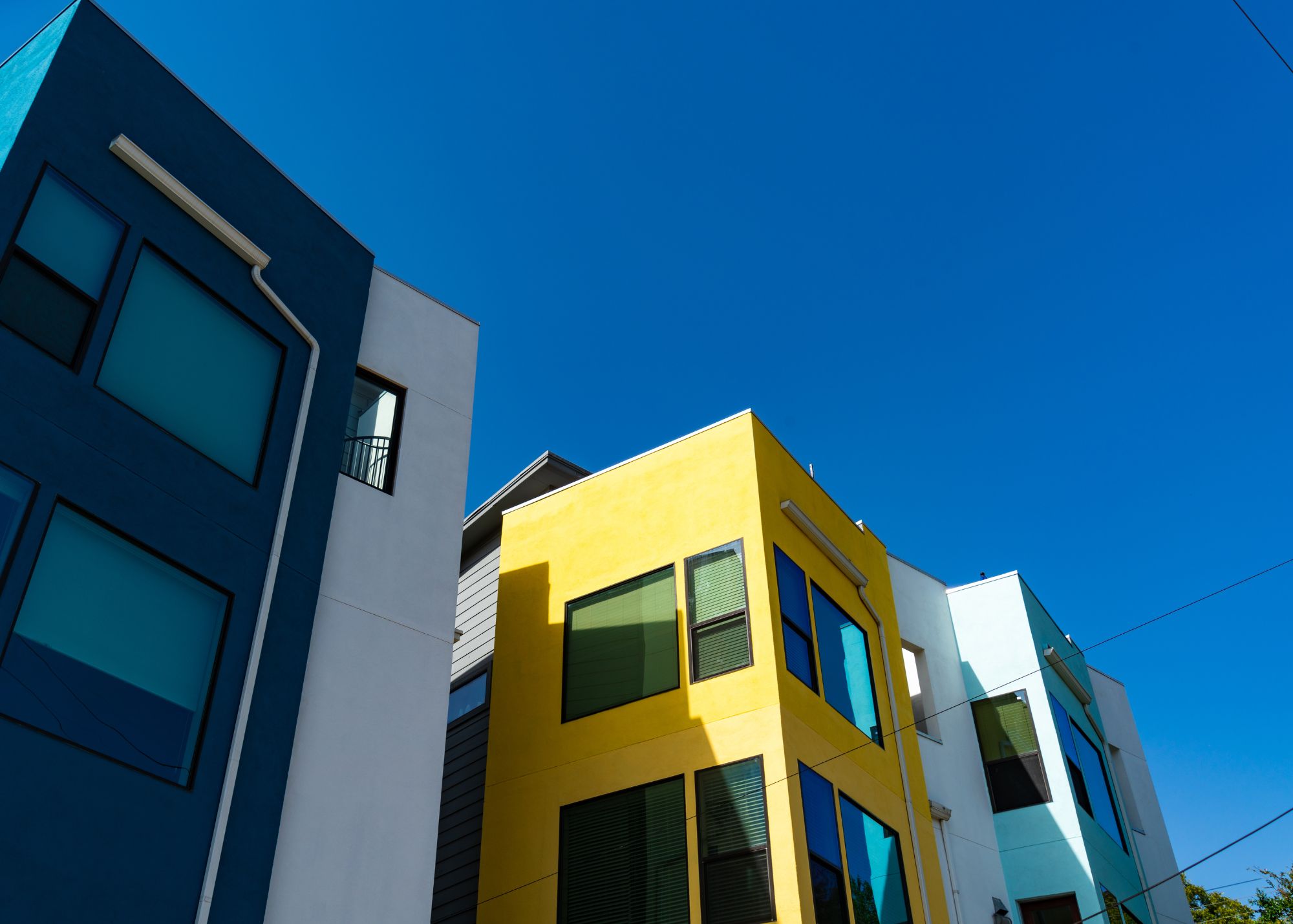Just over a month ago, I announced to the world that I had quit my job and bought a 202-unit apartment complex.
Since that time, I’ve received a tremendous amount of support and also a bunch of questions.
“How did you get into real estate?”
“How did you acquire 72-units on your own?” (Read about that here)
“Are you crazy?”
“Why focus on large apartment complexes?”
In this article, I want to highlight why we are all-in on apartments.
1. “People prefer to live under a roof”
Yes, it’s a silly quote to start with—but its true. Everyone needs a place to live, and not everyone can afford (or wants to own) a home. This is the ideal time to be investing in apartment buildings.
A couple of stats for you, courtesy of the Census Bureau:
Home ownership sits at a 50-year low, and has been dropping since 2003—well before the first hints of the housing crisis. Today, there are more renter-occupied homes than owner-occupied homes. That shift took place in 2013, following the housing crisis and shows no signs of retreating. Nationally, apartment vacancy rates sit at near record low levels around 4%. So while more people are renting than ever before, apartments are staying occupied—which allows operators to increase rents and ultimately profitability. The market size is simply increasing every year.
This is not a trend that we see changing course anytime in the future, either, and for a couple of reasons:
First, if a family can’t afford (or is choosing not to buy) a home at a time when interest rates are at an all-time low, do you expect their buying power or ownership attitudes to shift as interest rates go back up?
So, if people can’t afford or don’t want to own a home—where are they going to live?
2. Apartment buildings are more efficient to operate and maintain than single family homes
Something we learned along our journey to owning 72-units: single family homes are great, but the more units you have together, the more efficient the property operates and the greater the investment return. This multiplies faster the more units you have together. For us, the light bulb went off when we closed on a package of 8 fourplexes on the same street—the bigger the property, the easier it is to manage.A little counter-intuitive, so let me explain.
The principle is simple; if you have a single family home, you are either 100% occupied or 0% occupied, and vacancies can quickly become financial emergencies. With a fourplex, for example, with one vacancy you’re 75% occupied and
cash flowThe money that is left over each month or year from the property's income after paying for operating costs, mortgage, taxes, and other expenses. Positive cash flow occurs when the income exceeds the expenses, while negative cash flow indicates that the property's expenses are higher than the income it generates. View Definition positive. Now, multiply that out times 100 or 200 units, and you get the idea.The more units and tenants you have, the better you are able to financially withstand turnover and vacancy.
Another benefit of a bigger property is that you get to spread the big ticket, fixed cost items across multiple units and tenants. Take a roof, for example.The average roof is going to last 15 years, and costs roughly $15,000 to install. Those costs are nearly identical whether that roof is covering one single family home, or an apartment building with 10 units underneath it. Your cost per unit to pay for that roof is a fraction of what it is in single family home—again increasing profitability and investment return. This applies to all exterior walls, parking lots and driveways, complexes with chillers for HVAC, etc.
As we saw this play out across our portfolio, and saw how much greater our Cash-on-cash returns were in the bigger properties, it cemented our push into large multi-family buildings.
3. Forced
AppreciationThe increase in the value of a property over time, usually due to factors such as market demand, economic growth, infrastructure improvements, and inflation. View DefinitionFrom an investor perspective, this is the biggest, and certainly most profitable advantage for apartment communities. They are valued, bought and sold based on the Net Operating Income of the property—you’re basically buying a business. When you buy a single-family home as an investment, that home is worth what other people are buying similar homes for in the neighborhood. There is not much you personally can do to increase the value of the investment—it will appreciate (or depreciate) only as fast as the market or neighborhood it sits in goes up.
In the apartment space, we have the opportunity to force appreciation by increasing the profitability of the asset in a relatively short amount of time.In fact, our business model is predicated on doing just that.We target and buy apartments that are mis-managed, are in need of repairs or otherwise aren’t operating at a level of peer properties.By quickly improving the property, operations and management of each property, we can manually increase the value higher by increasing the income—raising rents, charging for parking, etc—and reducing expenses. On a 150-unit property, we can have it fully renovated and updated within 18 months, and start to realize tremendous jumps in cash flow, investor return and overall value of the asset.
I could go on forever about why we’re all in on apartments, and why we think they are the ideal investment vehicle. Instead, I’ll leave you with a final nugget to chew on.
What other investment class lets you leverage your money to expand your buying power? With $100,000 to invest in an apartment, you have $400,000 to $500,000 of buying power. You can control an asset 4-5x larger than your investment, and reap the rewards of having a bigger asset in your portfolio. When you invest in any other asset (say the stock market), you can only buy what you actually have cash for.
If you still think I’m crazy, or want to talk more, or question everything I said—I’d love to talk with you. It’s been awesome re-connecting with old friends and making new ones. I love talking real estate, so feel free to reach out!








